Did you know Spain is the third country with the most UNESCO World Heritage sites? Spain is bombarded with UNESCO sites. Till now, you’ve read all the popular Spain tour guides, and you’re quickly drawing up an itinerary for your dream vacation, complete with the most photogenic spots and old-fashioned eateries that are highly acclaimed by the locals. World Heritage sites are exceptional with historical, cultural, or scientific value venues, and UNESCO grants the distinction. These sites are there to preserve and protect their heritage value.
UNESCO sites have a unique way of attracting tourists, different from the normal tourist sites in Spain. They add a special meaning to the landscapes, making these UNESCO sites breathtaking in every way. Experience the magic of Spain’s UNESCO World Heritage Sites with our exclusive honeymoon packages and vacation packages. These sites involve some of the Iberian Peninsula’s most antique villages and old towns, where cobblestoned Romanesque streets and spectacular architecture will leave you in awe. Other Spanish heritage sites, a little offbeat, include Altamira and cave paintings dating back to the Palaeolithic age.
Also Read: 5 Best UNESCO World Heritage Sites to Visit in Spain
Spain Tour Package Starting @ ₹74,660
TOP 10 UNESCO WORLD HERITAGE SITES IN SPAIN
After the top Spanish sites, discover the top 10 world-class places to visit in Spain. It doesn’t matter wherever you decide to live in the country; you will always have a historic site nearby. Have you seen the classics in Granada, Barcelona, and Seville? If not, now is the time to explore the less-visited places. From a ferric bridge to a kingly monastery, here’s a list of the best UNESCO World Heritage sites in Spain.
- Archaelogical Ensemble of Merida
- Teide National Park, Canary Islands
- Las Medulas Ponferrada
- Cathedral, Alcazar, and Archivo de Indias, Seville
- Old Town of Santiago de Compostela
- Historic city of Toledo
- Works of Gaudi, Barcelona
- Mont Perdu, Aragon
- Fortress Town and Hanging Houses of Cuenca
- Historic Center of Corboda
1. Archaelogical Ensemble of Merida
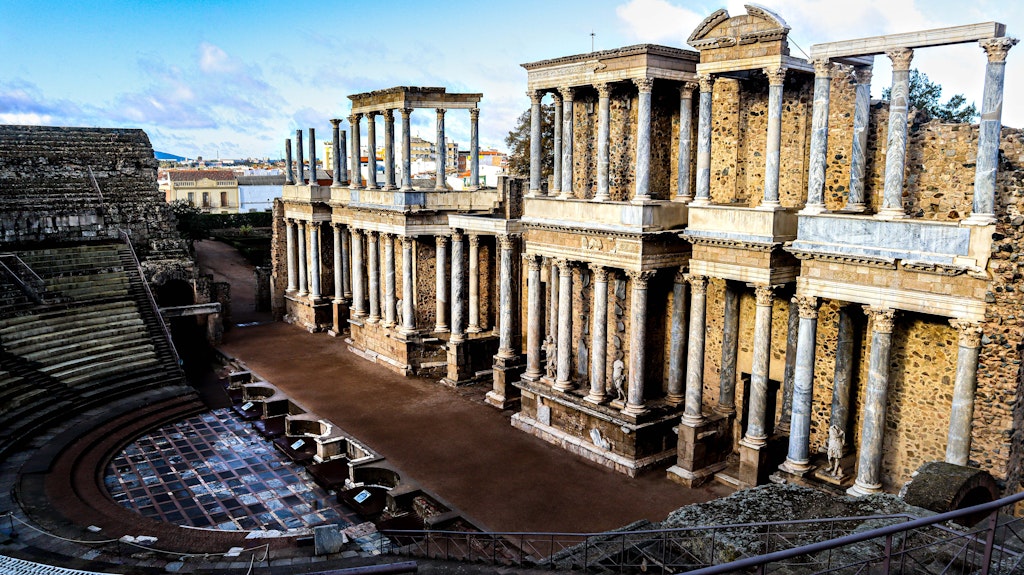
The colony that holds the archaeological ensemble of Merida today was originally founded by the Roman emperor Augustus more than 2,000 years ago, around 25 B.C. You’ll be able to see the city standing outside the modern city of Merida to this day. Witness one of the best-conserved and most extensive examples of Roman architecture outside of Italy. Because of the grandiose architecture and spectacular size of some of its constructs, Merida, a center for commerce, government, and architecture, quickly became the capital of the Roman province of Lusitania.
The archaeological ensemble of Merida features a Roman amphitheater, a large circus, a massive bridge over the Guadiana River, and numerous towering aqueducts used to transport water. As you walk around the city, get yourself a hang of the Roman bridge over River Guadiana and the Temple de Diana. Several structures, along with many others, complete the ensemble of Merida; hence it is listing as one very important UNESCO World Heritage site in Spain.
Also Read: Best things to do in Spain
2. Teide National Park, Canary Islands
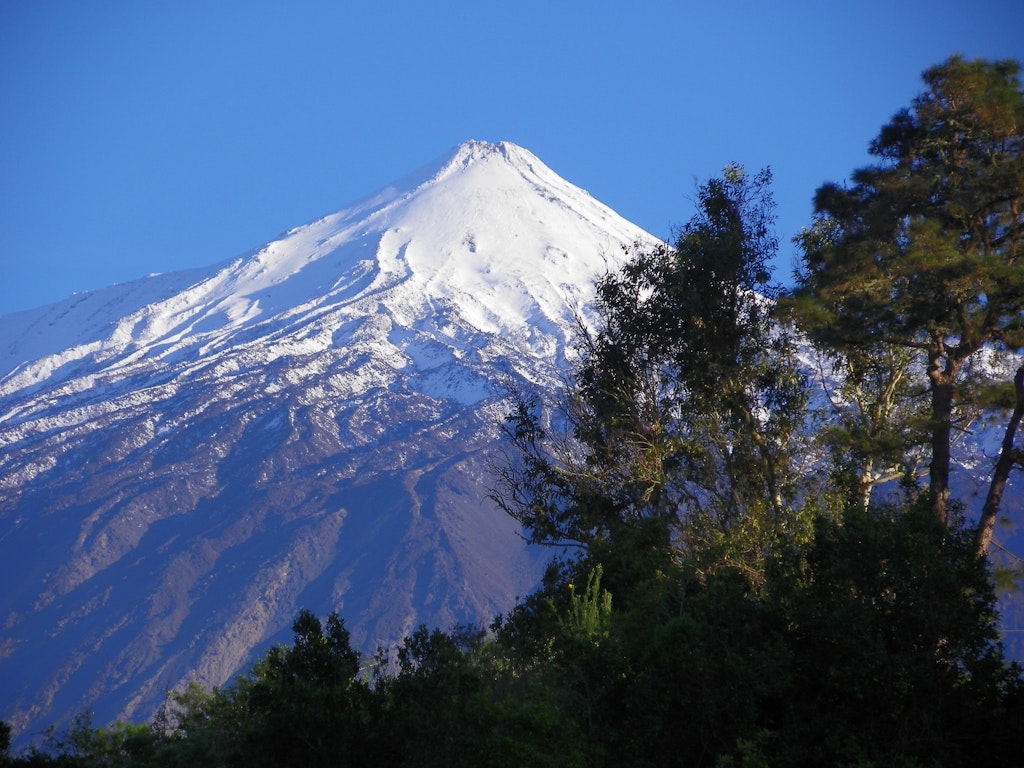
Teide National Park, located on the island of Tenerife, is popular as a mild vacation destination with tremendous beaches. If you are an eager explorer, come to the incredible Teide National Park, occupying a large portion of the island’s interior. Hidden from the busy crowded coastal cities, it offers you a peaceful destination to stay in. Even though its size is important, the park hosts an array of wildly varied geological patterns that have played an efficient role in its constantly changing atmospheric conditions. You’ll not find so much of the vegetation, but do admire the beautiful landscape.
Did you know there’s a behemoth volcano emerging in the center of the island? Tedie-Pico Viejo is the tallest peak on any Spanish territory and the third tallest volcanic structure in the world. The diverse colors and textures found in the park’s soil are a result of the volcanic nature of the mountain. Observe from an overhead view the shifting patterns and colors in the landscape. Despite its unique beauty, Teide National Park earns a place on the UNESCO World Heritage site in Spain.
Also Read: Best Time To Go To Tenerife
3. Las Medulas Ponferrada
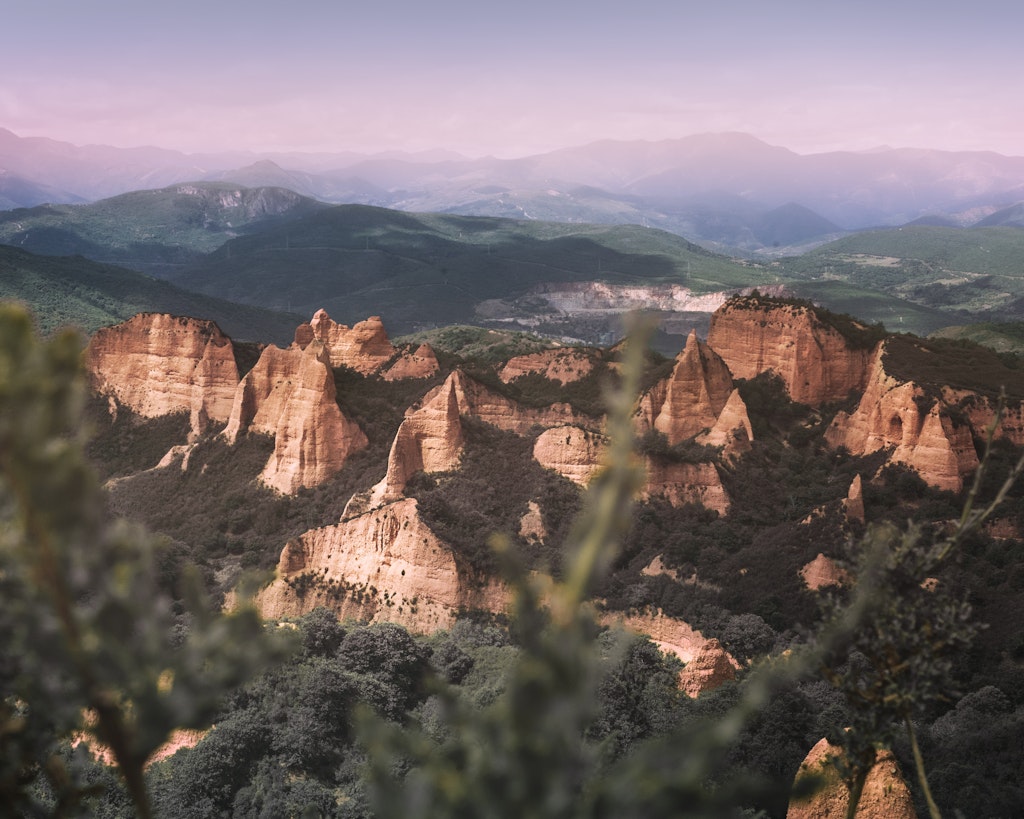
Las Medulas became popular as a UNESCO Heritage site because of the former gold mines carved throughout its notable cliffs and hills. The Romans started to mine the mountains in the 1st century, exploiting the rich gold deposits found within. After 200 years, the mines were deserted after extensive devastation. They have not seen any further development or industrialization since. After that, the Roman occupation has been laid untouched, permanently embedded into the surface of the Earth.
Did you know there are ancient mines at Las Medulas, located just outside of Ponferrada in Spain? They offer a stunning glimpse into archaic Roman prospecting techniques. All over the verdant landscape, there is a carving of tunnels, roads, and footpaths, surrounded by bright orange rocks. Don’t worry even if you are not a history buff, as Las Medulas is a remarkable place to hike and explore. Feel royal while walking the same pathways the Romans did nearly 2,000 years ago!
Also Read: 10 Best Trekking Spots in Spain
4. Cathedral, Alcazar, and Archivo de Indias, Seville
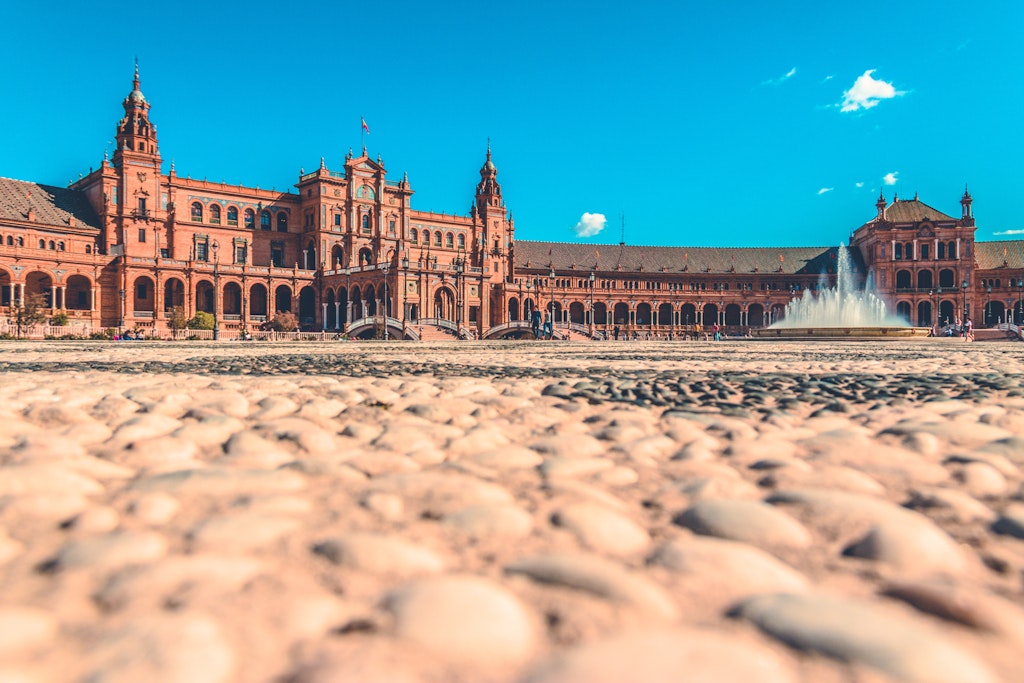
Seville, Spain, is a beautiful city, built upon a massive compound made up of the cathedral, Alcazar, and Archivo de Indias. Because of this, they have gained special attributions as a UNESCO Heritage site in Spain. Walkthrough the verdant gardens and gorgeous reflecting pools. The complex is undoubtedly one of the most stunning places to visit in Spain. Amaze at the ornately decorated structures, countless Roman columns, and precious works of art. Make for a truly inspiring glimpse into Spain’s bygone days.
In all of Europe and famous houses, the Cathedral is the largest Gothic building. It houses the tomb of Christopher Columbus. In addition to this, the Archivo de Indias contains different treasured documents from Spain’s period of exploration into the Americas. This place is directly associated with Christopher Columbus’ rebellious discovery of the American continent. That is another reason why this spot holds a high place on the list of the greatest UNESCO World Heritage sites in Spain.
Also Read: Places to visit in Seville
5. Old Town of Santiago de Compostela
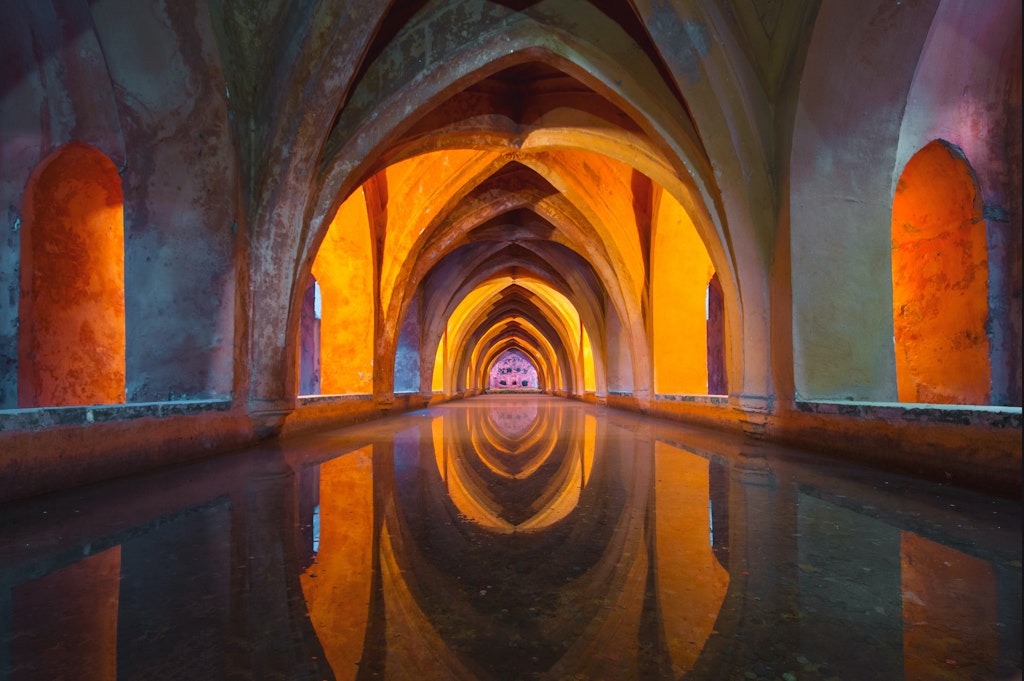
Santiago de Compostela, a renowned pilgrim site, is a representative of the Christian struggle against Islam in Spain. During religious blockades in the 10th century, the city was completely destroyed. But, after this, the following decades saw a majestic rebuilding. The site was a host to massive migrations of Christians throughout history. As a result, it now represents one of the greatest holy cities for Christians. Christian culture massively inspired the styles and techniques developed here, changing the course of art and architecture in the region for centuries to come.
Did you know the main cathedral is the centerpiece of the city, ornately decorated with spires towering above all else? The cathedral has now become an iconic symbol of Spanish Christianity. Also, it is considered a masterpiece of Roman art and culture. The profound influence the city played in the role of Christianity made it one of the top 10 UNESCO World Heritage sites in Spain.
Also Read: 5 Most Beautiful Castles in Spain To Explore
6. Historic city of Toledo
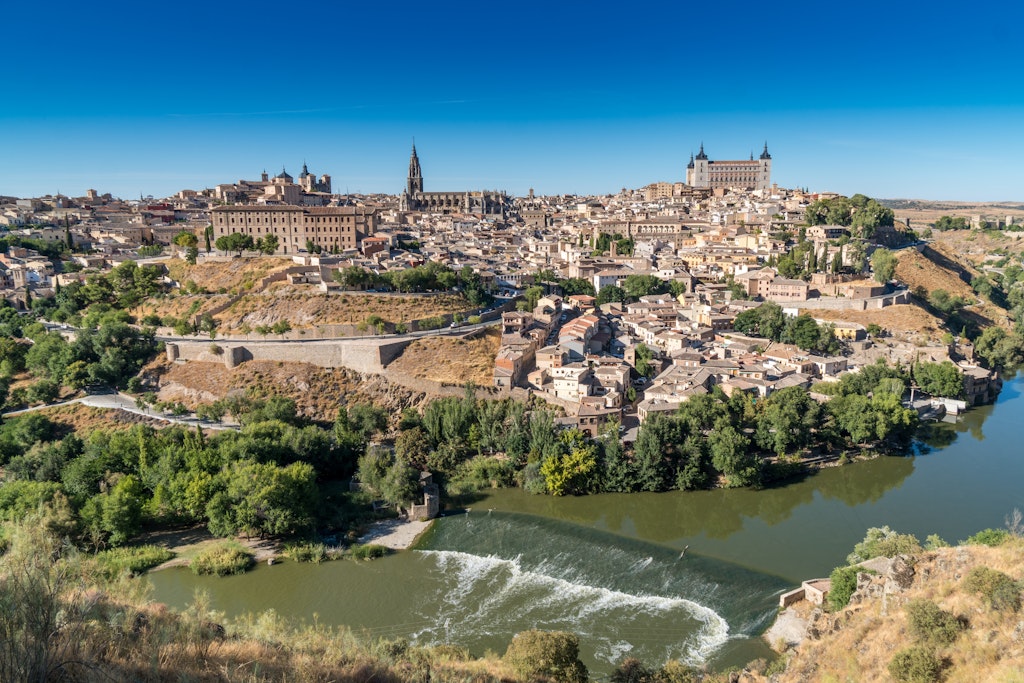
Toledo, a historic center, showcases over 2 million of history dating back into ancient Roman times. Several distinct cultures over the centuries occupy this city. From Romans to Visigoths to Moors, the city has representations of three major religions – Christianity, Judaism, and Islam. You can find everything, from mosques to cathedrals and bridges destroyed in archaic wars within Toledo. For this reason, it is known as a veritable “museum-city”.
A center of arts during the Renaissance period, Toledo is home to innumerable works from countless famed artists. It has an impressive Alcazar Palace in immaculate condition, towering over the city even after thousands of years. Different sections of the construction represent several periods of art and culture. Astonish at the grand palace or take a walk, you are sure to take all sorts of ancient cultures in every corner of the city.
Also Read: 5 Most Beautiful National Parks in Spain To Visit
7. Works of Gaudi, Barcelona
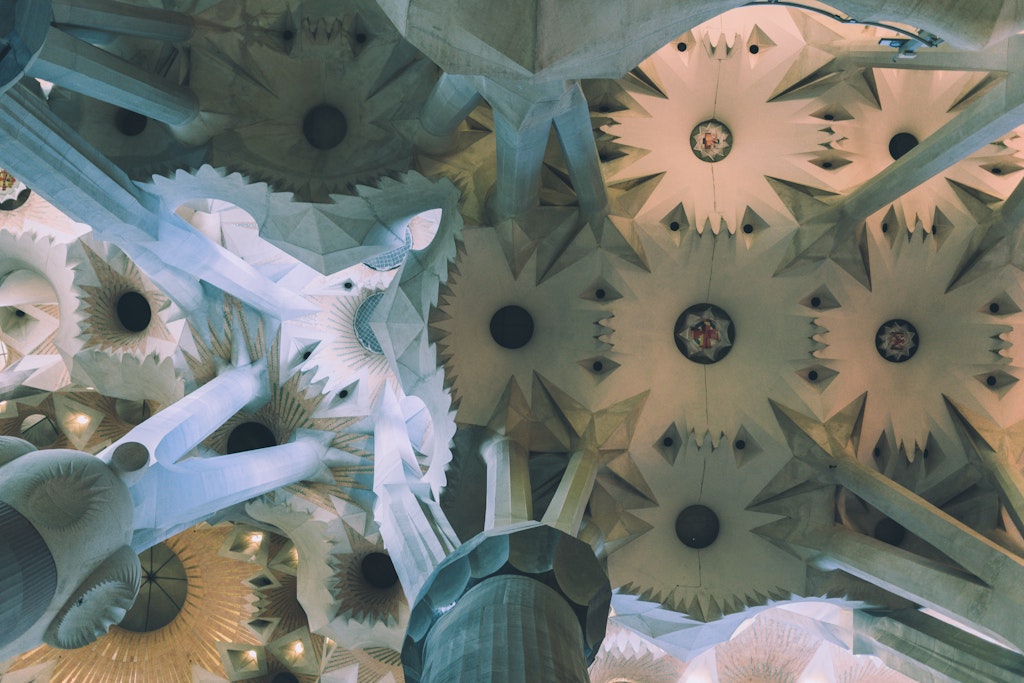
Have you heard of the artistic works of Antoni Gaudi in Barcelona? If yes, then it is time to see the most widely-renowned UNESCO World Heritage site in Spain. It offers the best views from the Park Guell in Barcelona. Once you tour the Park Guell, you’ll understand why these creative structures honor the list of UNESCO World Heritage sites. Gaze at the curious curves, complex mosaics, and elaborate facades of the early 20th century, gracefully built by an ambitious Gaudi. The city of Barcelona showcases wonderfully weird artwork of Gaudi. So, don’t wait and quickly visit Barcelona to testify to the architect’s genius.
UNESCO World Heritage site selected the works of Antoni Gaudi because of their incredible influence on the building styles of the 20th century and the beautiful recreation of past styles. Casa Vicens, Casa Mila, the La Sagrada Familia Nativity facade, the crypt in Colonia Guell, Parque Guell, and Palacio Guell are the seven buildings that Gaudi built. Witness the intrinsically unique and one-of-a-kind pieces of creation in existence as they tell you a story of unity in this divided world.
Also Read: 8 Amazing Reasons to Visit Barcelona
8. Mont Perdu, Aragon

Nestled on the border of France and Spain, Mont Perdu is a splendid headpiece of the Pyrenees Mountains. This place is home to two of the deepest canyons in Europe. It surrounds highlands, which host a speckling of old farms and villages. Roads from mountains crisscross the landscape, giving you plenty of possibilities to wonder at scenic views, countless caves, and high-altitude lakes.
The listing of Mont Perdu under the UNESCO World Heritage site was for many reasons aside from its utter beauty. The rural farmlands and communities present an exclusive mountain lifestyle, not seen in any others parts of Europe. Locals in Mont Perdu depend on agriculture for earning a livelihood. Moreover, the ancient methods of farming have remained largely unchanged in this secluded area. Additionally, the towering peak of Mont Perdu and the adjacent rocks on the French part of the range showcase a varied geographical diversity.
Also Read: 6 Things To Know Before Visiting Spain
9. Fortress Town and Hanging Houses of Cuenca
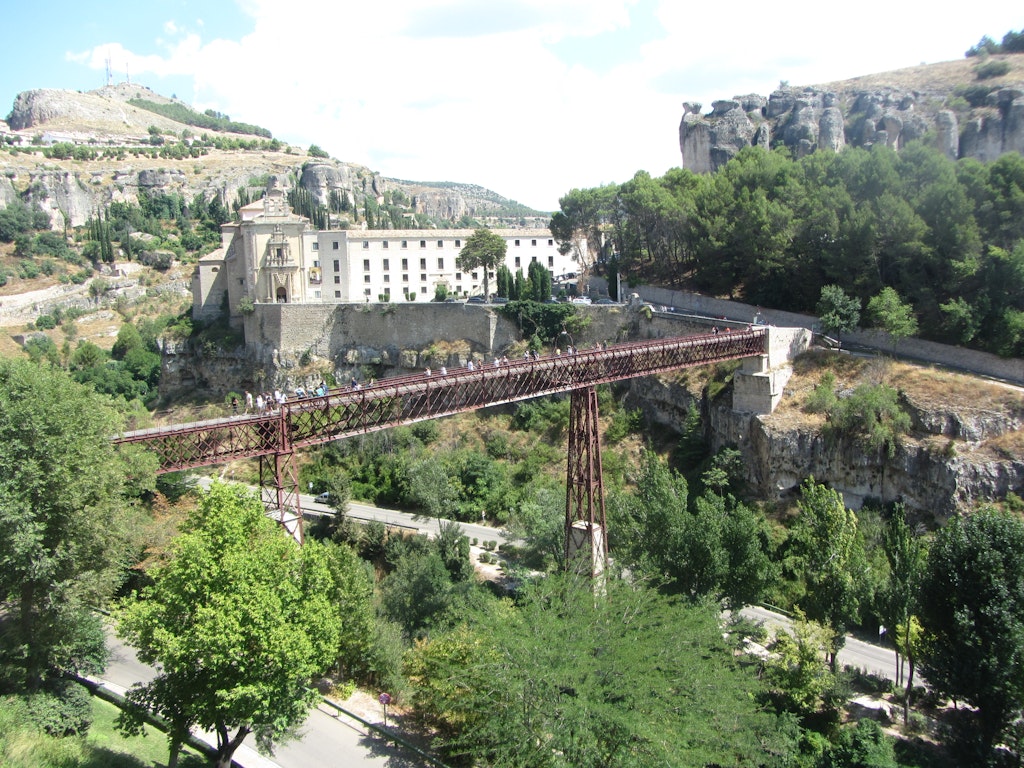
Cuenca, home of Spain’s first Gothic cathedral, earns much of its touristic appeal for its high atop mountainside cliffs overlooking the Huecar River. The city, originally a fortified medieval town, has remained remarkably unchanged and unspoiled over the centuries. The construction of buildings and forts was in harmony. The natural slopes of the rocky geography resulted in engrossing, beautiful, and unique architecture. Take a walk through this historic center between ancient buildings styles, along with the planned town walls and Moorish fortresses.
Cuenca is also famous for its Castillo quarter and Casas Colgadas, commonly known as “hanging houses”. You can access the raised section of the city by a narrow suspension footbridge. While here, you can observe several large baroque churches and mansions. Did you know many of these mansions hang over the sides of the high cliffs, yielding some spectacular and distinctive views?
Also Read: Top 5 Mountains in Spain that are a Must Visit
10. Historic Center of Cordoba
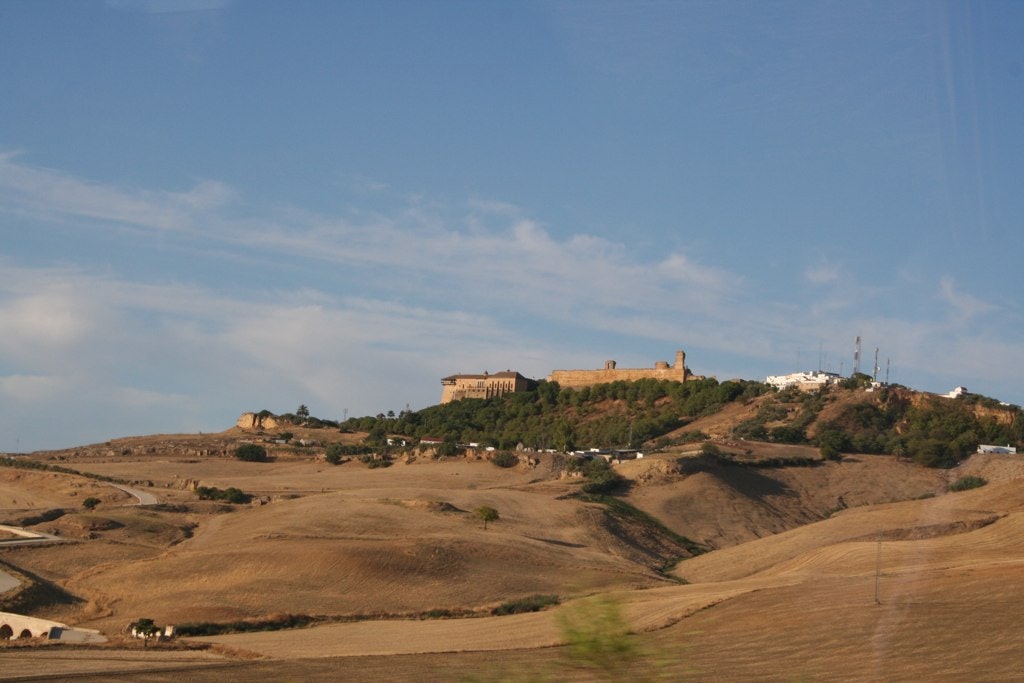
Cordoba in the Andalusia community of Spain features a spectacular array of multiple mosques and cathedrals. This collection of ancient architecture date back to the 8th century. The purpose of these buildings was to make Cordoba one of the world’s prized gems of ancient religious architecture. This city is an amalgamation of all types of cultures, from art to architecture. Explore Cordoba, which offers a unique blend of diverse cultural stories recorded in the many bricks, stone, and marble that still stands now.
The Great Mosque of Cordoba, the primary influence, is what granted the city its UNESCO World Heritage site status. The place is a gem of a site, with 300 mosques and innumerable ornate palaces. Only Constantinople and Baghdad match this city. Also, surrounding Cordoba is some relics like the Alcazar fortress and Calahorra Tower. Did you know you will not be able to see the styles and techniques depicted here, anywhere else in the world?
Also Read: The 13 most instagrammable places in Spain
Tips for Your Spain Vacation
- Adapt to Spanish time. Spanish “afternoon” lasts until around 8:00 pm. It is the time when most restaurants open up for the evening.
- Indulge in tapas culture. Choose from a selection of ready-made tapas that many bars provide. In many parts of Spain, you’ll get free tapas whenever you order a drink.
- Head north. Spain provides some of its best food in the north. The northern regions of Galicia, Asturias, Cantabria, and the Basque Country boast some of the best countrysides in Spain.
- Travel by bus to save money, especially for long-distance trips.
- Try to take in at least one big festival. Valencia holds two of the biggest Fallas celebrations, and the “La Tomatina” festival held in August takes place in the nearby town of Buñol. Also, gather around to take part in “San Fermin”, which features bull runs on the streets of Pamplona every summer.
Also Read: Spain Travel Guide
Frequently Asked Questions for Your Spain Trip
Look out for local celebrations and festivities. If you don’t have time to enjoy the big festivals, it’s worth trying to look out for any local celebration. Barcelona holds an array of weird but fun neighborhood festivals, while smaller cities prepare their own versions of the Feria in Seville.
Explore the different neighborhoods in Barcelona. Las Rambla is the most central beach area in Barcelona. Also, you can head to neighborhoods like Gràcia in Barcelona and Mālāsana in Madrid. Another one is Malaga, a tourist city, where you can see some real gems.
Try some regional dishes and drinks like Paella which took birth in Valencia and Gazpacho which took birth in Andalusia. Culinary lovers can straight head to northern Spain and discover places like Galicia, Asturias, and the Basque Country, all bragging about their cuisines.
Book visits the major attractions online. Book your tickets beforehand for the Alhambra in Granada. Visit other famous attractions like the Sagrada Familia in Barcelona by purchasing a ticket on the day. However, it’s cheaper and quicker to buy tickets online and avoid the queues.
Apart from summer, enjoy your stay in Spain for all seasons.
Scintillating Spain honeymoon itinerary for couples
Excited to visit Spain during your vacays? Don’t hold your excitement to have a mesmerizing time and go check out our packaged Spain tour packages offered at Pickyourtrail and choose the one that suits you best or customize your own Spain itinerary according to your likes and preferences. See you soon on your next Spain trip!
Related Itineraries
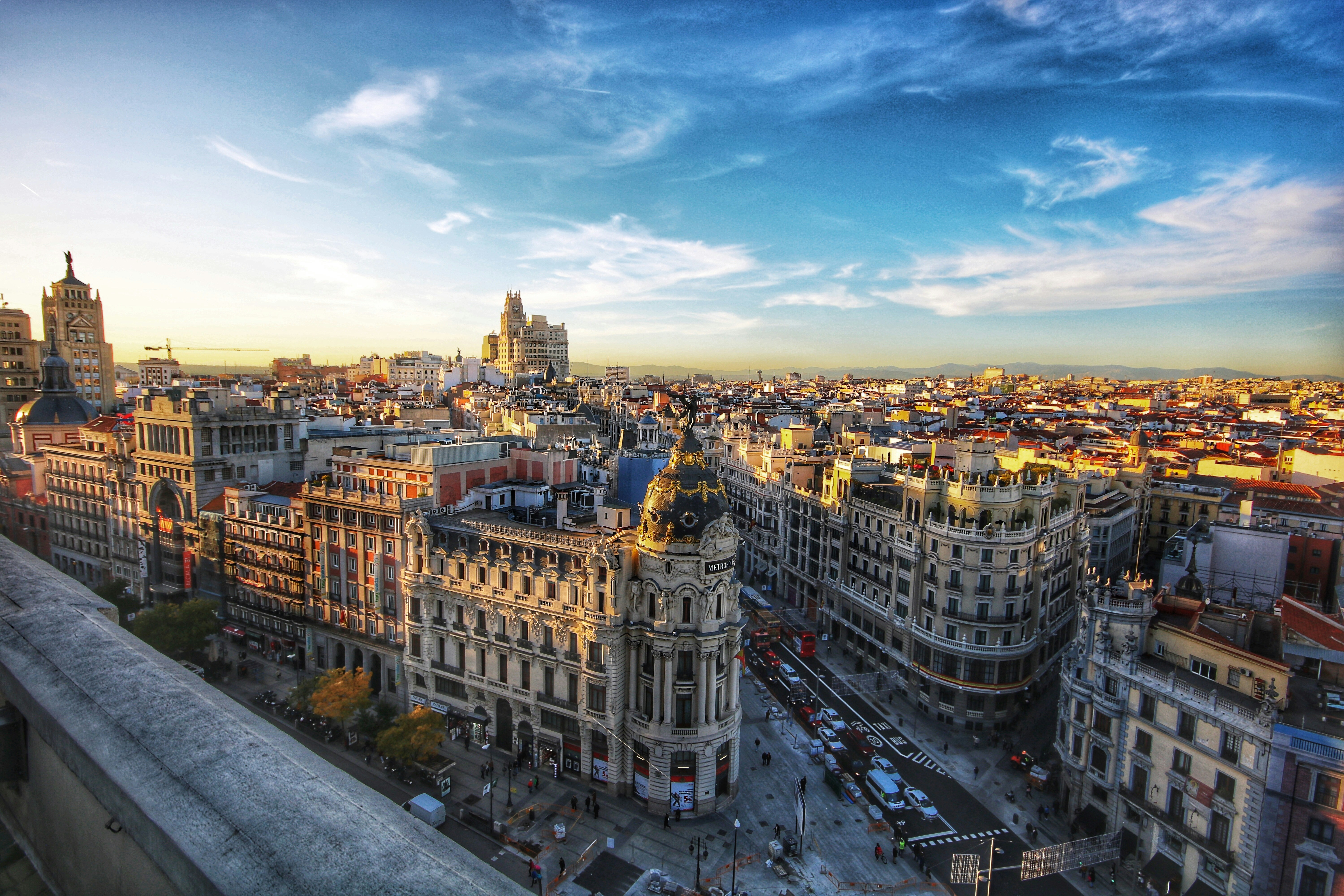
Enchanting Spain Journey: 10-Night Magical Tour Package
- Flights excluded
- 4 star accommodations
- 7 activities
- Shared transfer
₹ 1,85,760
Starting price/person
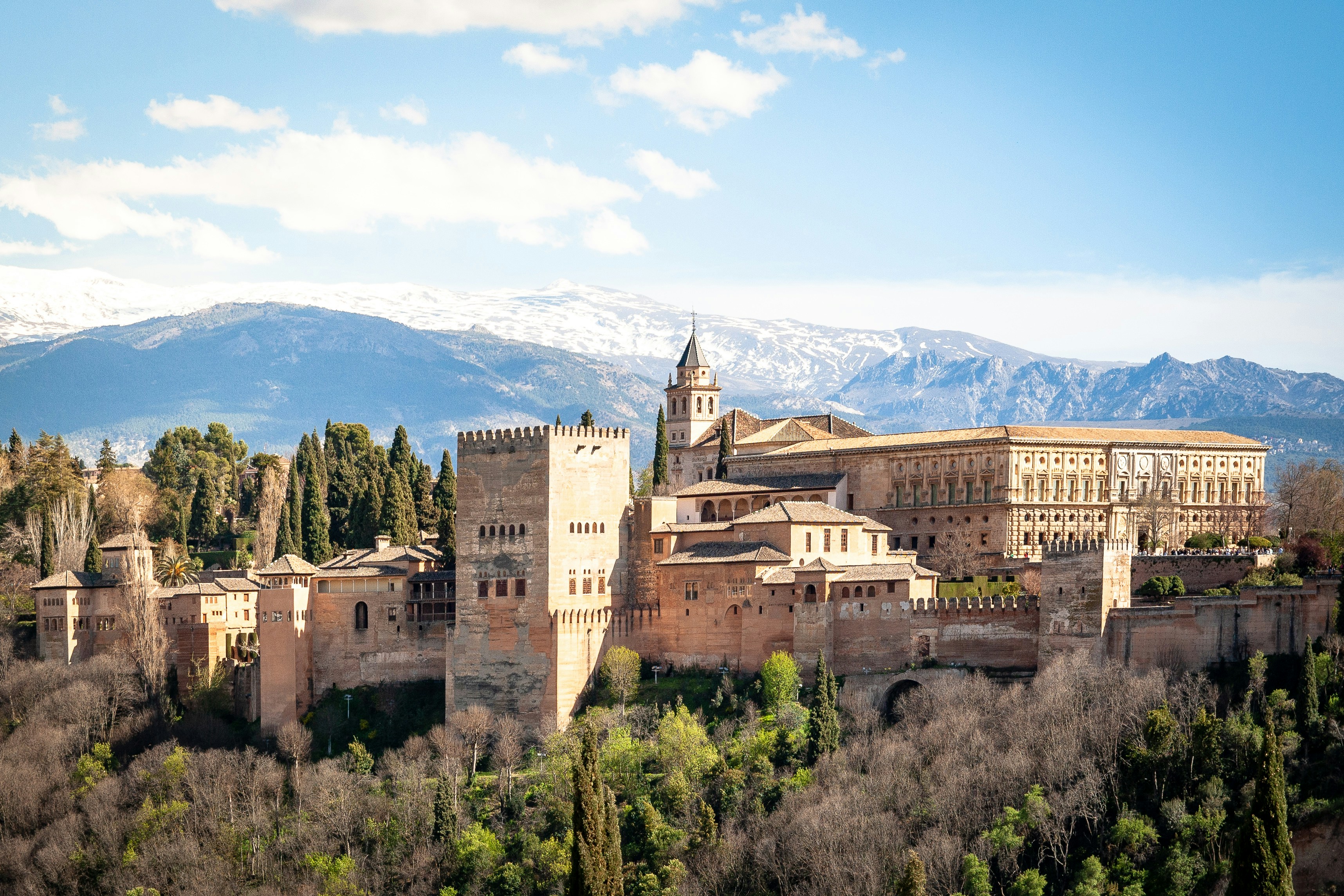
Spectacular Spain Escape: 6-Night Amazing Holiday Packages
- Flights excluded
- 3 star accommodations
- 4 activities
- Shared transfer
₹ 50,725
Starting price/person

Thrilling Spain Adventure: 10-Night Exciting Packages
- Flights excluded
- 3 star accommodations
- 4 activities
- Shared transfer
₹ 1,40,850
Starting price/person
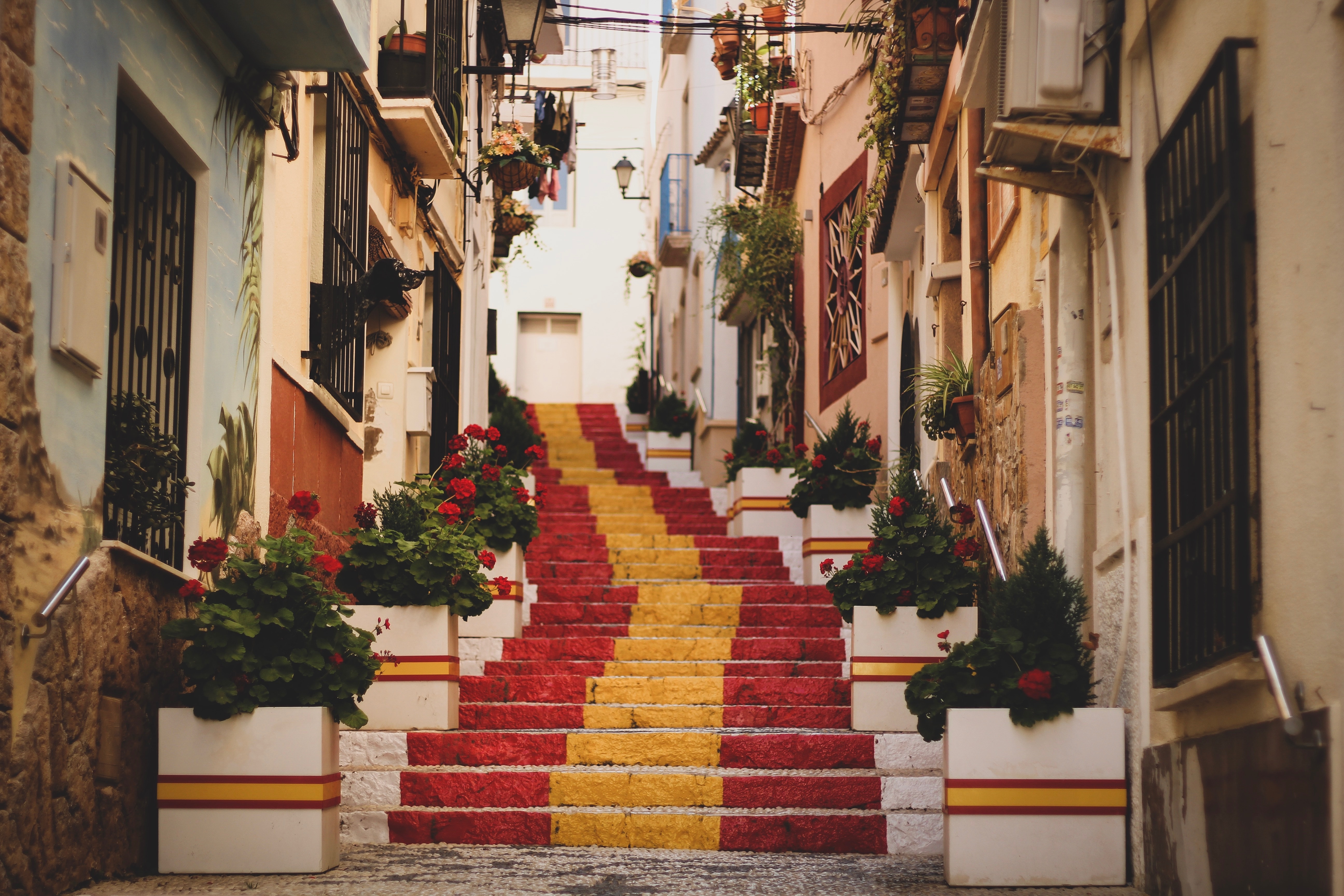
Captivating Spain and Ibiza Retreat: 7-Night Scintillating Vacation Packages
- Flights excluded
- 3 star accommodations
- 3 activities
- Shared transfer
₹ 1,23,879
Starting price/person
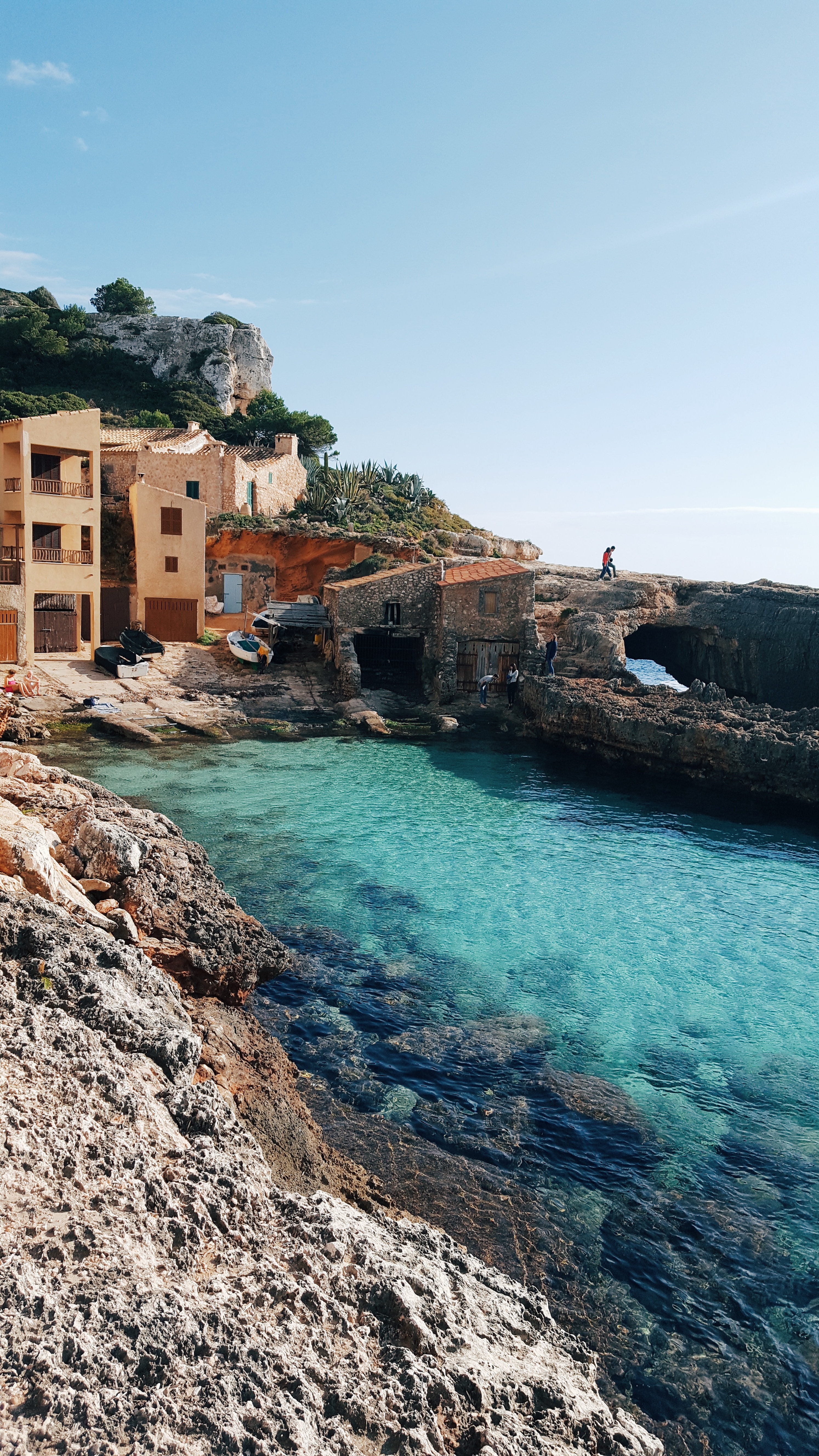
Timeless Spain Portugal Getaway: 10-Night Classic Holiday Package
- Flights excluded
- 4 star accommodations
- 5 activities
- Shared transfer
₹ 2,27,828
Starting price/person

Timeless Spain Journey: 13-Night Classic Travel Packages
- Flights excluded
- 1 star accommodations
- 11 activities
- Shared transfer
₹ 1,54,617
Starting price/person

Exquisite Spain Getaway: 6-Night Majestic Packages from India
- Flights excluded
- 4 star accommodations
- 6 activities
- Shared transfer
₹ 1,20,549
Starting price/person
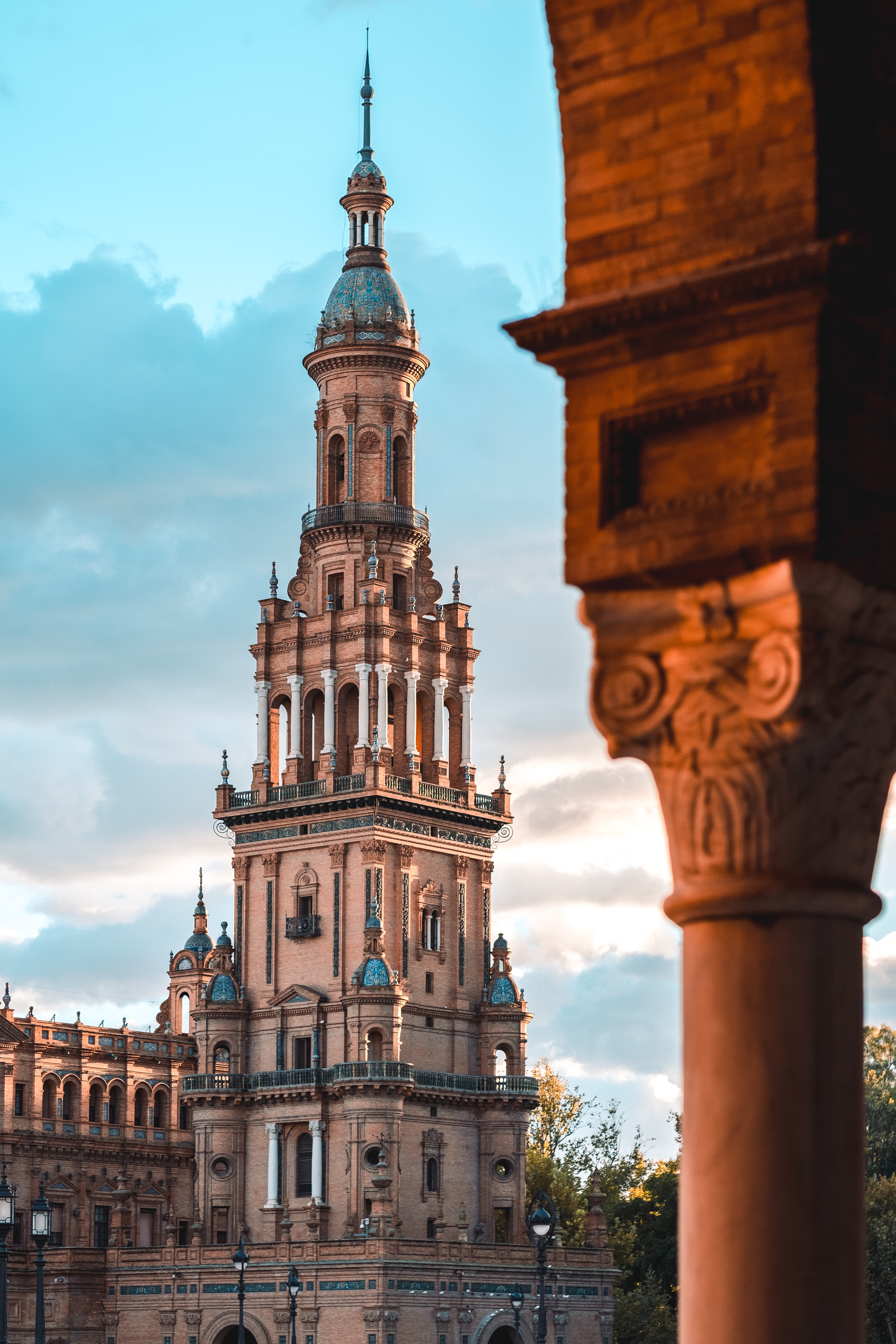
Thrilling Spain Adventure: 10-Night Tour Packages from India
- Flights excluded
- 3 star accommodations
- 8 activities
- Shared transfer
₹ 1,54,185
Starting price/person

Unforgettable Madrid Escape: 10-Night Breathtaking Spain Tour Package
- Flights excluded
- 4 star accommodations
- 6 activities
- Shared transfer
₹ 1,43,018
Starting price/person

Spectacular Spain Sojourn: 17-Night Magnificent Packages from India
- Flights excluded
- 3 star accommodations
- 13 activities
- Shared transfer
₹ 2,44,402
Starting price/person



